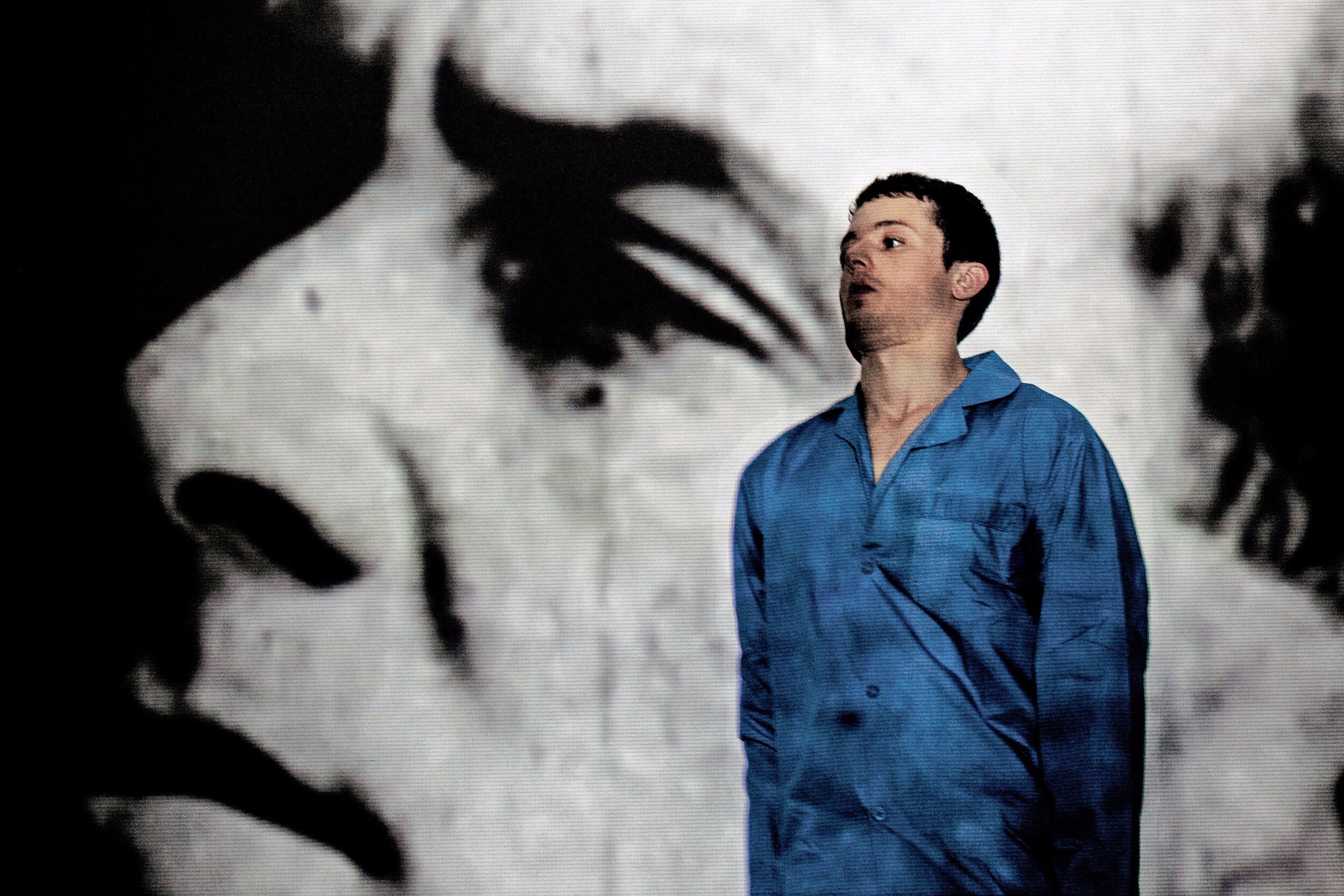TRAUMA at Science Gallery Dublin (2015)
Theme Development
The starting point for TRAUMA at Science Gallery Dublin was an exploration of trauma from psychological, physiological and societal perspectives. As a team, we distilled this into some key questions — “How does trauma affect the brain, the body, the national psyche, or all three? How do buildings, bodies, artworks and stories record the traumas of our past? How do we bounce back after a trauma, and how is our understanding of trauma’s lasting effect changing?” — and we looked at how these questions might relate to our target audiences.
Research
As the researcher for TRAUMA, my role was to identify important contemporary conversations happening across art, science and society that would connect with the central themes of the exhibition. This research informed our international open call process, it helped us identify research collaborations, and it shaped the narratives we created through the exhibition and events programme.
Production
I worked with the programme manager, exhibitions manager, and events manager to provide scientific context for all TRAUMA artworks, experiments, and events, and to ensure they worked together to form a cohesive narrative. TRAUMA attracted 100,887 visitors, and 87% of visitors felt their knowledge and understanding of the theme had increased after their visit.
“Where we could have been left peering voyeuristically, the show bravely dissects trauma, teasing out the visceral, the bloody, the taboo, and the hopeful and the inventive. It becomes beautiful, sad, disturbing, humorous, even, occasionally, fun.”



